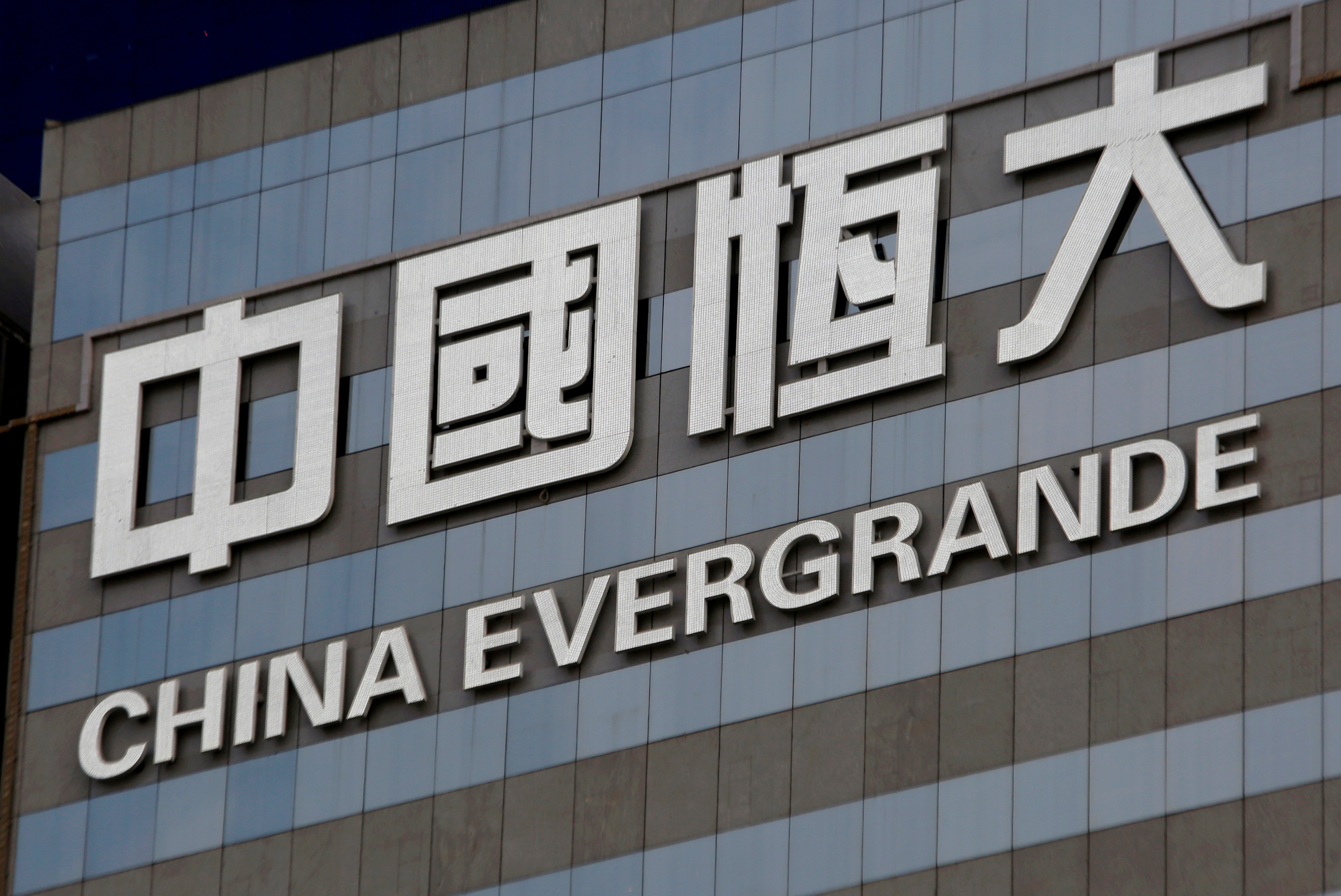(ATF) Hong Kong: Asian markets surged on Thursday ahead of the long holiday weekend amid hopes the world’s largest economy would lead the global recovery with another $2 trillion US government spending plan unveiled overnight.
Expectations for blowout numbers at Friday’s non-farm payrolls data release are also driving sentiment. After US private employers added the most jobs in six months, FFPs are expected to show the unemployment rate fell to 6% as jobs rose 643,000 in March.
Japan’s Nikkei 225 index jumped 0.72%, Australia’s S&P ASX 200 added 0.56%, Hong Kong’s Hang Seng index vaulted 1.97% and China’s CSI300 rose 1.24%. Regionally, the MSCI Asia Pacific index edged up 0.09%.
“The US plan reflects a global push towards investing in infrastructure and renewables. Given the metal-intensive nature of infrastructure and renewables investments, this trend is a boon for metal producers and industrial commodity prices globally,” said Mathieu Savary, strategist at BCA Research.
Softer print
But analysts expect some moderation in growth at the world’s second-largest economy after China’s Caixin manufacturing PMI surprised on the downside although it remained in the expansionary zone.
“Contrary to the broad-based improvement in the NBS manufacturing print, the Caixin survey showed slightly softer expansions in output and new orders while the gauge for employment edged up, but remained in the contractionary zone,” said HSBC Greater China Economist Erin Xin.
The Caixin manufacturing PMI edged down, from 50.9 in February to 50.6 in March. In contrast, the official index published yesterday jumped from 50.6 to 51.9. This ends a 10-month stretch during which the Caixin PMI was consistently above the official one.
“The current strength of export growth is unsustainable and will unwind over the coming quarters as vaccinations allow a return to more normal global consumption patterns,” said Julian Evans-Pritchard, Senior China Economist at Capital Economics while adding that the price components of the PMIs point to a further acceleration in month on month rises in producer prices – evidence that elevated capacity utilisation rates in industry are fanning inflationary pressures.
Dollar boost
The optimism around the US economy boosted the dollar, which rose 0.1% to 93.25 against a basket of currencies.
Oil prices gained ahead of the OPEC+ meeting to discuss production levels for May.
West Texas Intermediate crude added 1.8% to $60.15 a barrel and Brent crude jumped 1.5% to $63.66 a barrel.
“Given the recent wobble in prices, along with demand concerns re-emerging once again, there is a growing consensus that the OPEC+ will likely rollover current cuts for an additional month, or at most we may see some marginal easing like at the previous meeting, where Russia and Kazakhstan were allowed to increase output by a combined 150Mbbls/d,” said Warren Patterson and Wenyu Yao, ING Bank commodities strategists.
Also on Asia Times Financial
- Singapore aims for tighter rules than US to attract SPAC listings
- Trillion dollar man: Biden unveils vast new jobs package
- Boeing urges US to separate China business and human rights
- Huawei records modest 2020 growth as US sanctions take a toll
- The great cotton ‘conspiracy’
- World Bank has revised its climate policy
Asia Stocks
- Japan’s Nikkei 225 index jumped 0.72%
- Australia’s S&P ASX 200 added 0.56%
- Hong Kong’s Hang Seng index vaulted 1.97%
- China’s CSI300 rose 1.24%
- The MSCI Asia Pacific index edged up 0.09%
Stock of the Day
China Evergrande Group, one of the country’s biggest property and firms which has among the highest levels of debt, fell as much as 6.5% after it reported lower profit in 2020. Rating agency Moody’s pointed to the decline in leverage and decline in profitability. “We expect its leverage, as measured by revenue to adjusted debt, will continue to improve from 66% in 2020 and 46% in 2019, on the back of expected debt reduction and revenue growth backed by its solid sales performance,” said Cedric Lai, Vice President. “We expect its profit margins will moderately fall to 21%-22% over the next 12-18 months from 24.2% in 2020.”
























